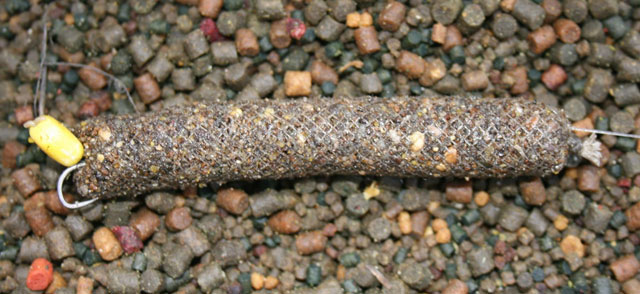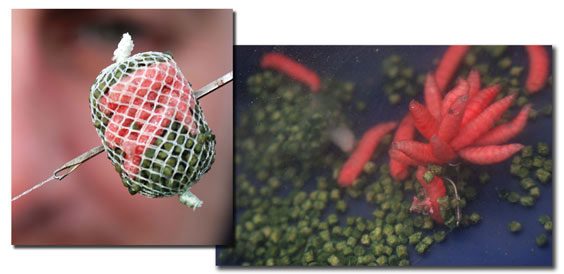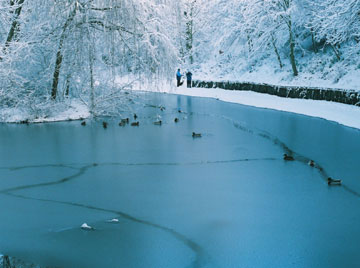 As the year draws to an end, with daylight hours quickly diminishing and the temperatures starting to drop, all but the hardiest carp anglers put their rods away for the year and look forward to Spring and the warmer months. There is no need for this as with a little planning and preparation, you could enjoy catching carp whilst everyone else is just dreaming about it.
As the year draws to an end, with daylight hours quickly diminishing and the temperatures starting to drop, all but the hardiest carp anglers put their rods away for the year and look forward to Spring and the warmer months. There is no need for this as with a little planning and preparation, you could enjoy catching carp whilst everyone else is just dreaming about it.
Carp are cold blooded animals and as the water temperature plummets, their metabolism slows right down.This slower metabolic rate slows the carp down, reducing their activity and subsequently their need to feed. They will often only feed for a very short period every day if at all. In these colder times, everything in the lake slows down and dies back. The lake’s natural larder will be diminished and the cold will have an adverse effect on the weed, causing once flourishing weed beds to die back.
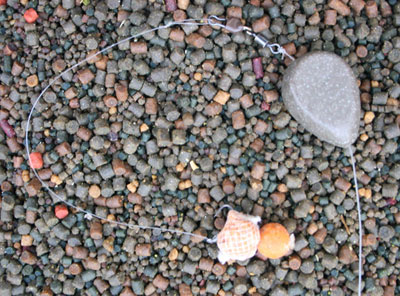 So how do we approach a winter session on our favourite venue? The most important thing to remember is to be warm and dry. If you are unable to achieve this, you will be unable to concentrate on your fishing and in the worst case could well suffer from hyperthermia. Use multiple layers of clothing rather than just one thick coat or fleece. A fleece beanie hat will also ensure more body heat is retained. Make sure you have a hot drink with you. Invest in a flask or better still get a portable stove. Stay warm, stay focused and more importantly stay safe.
So how do we approach a winter session on our favourite venue? The most important thing to remember is to be warm and dry. If you are unable to achieve this, you will be unable to concentrate on your fishing and in the worst case could well suffer from hyperthermia. Use multiple layers of clothing rather than just one thick coat or fleece. A fleece beanie hat will also ensure more body heat is retained. Make sure you have a hot drink with you. Invest in a flask or better still get a portable stove. Stay warm, stay focused and more importantly stay safe.
Travel as light as you can as you need to be mobile when you are winter carping. Before you leave home, organise your tackle down to the absolute basics. Leave all the unnecessary items of tackle you always take with you at home. For example, do you need the lead bag full with 8 kilos of leads? If you must take them with you just in case, then lock them in the car hidden away so they are easily retrieved if you need them. Keep your bait down to a minimum as the carp will only require a small amount of food each day. You will not need kilos of boilies and jars of hemp or seeds.
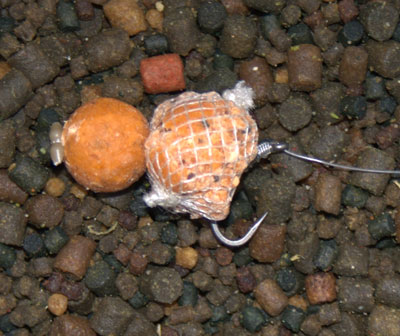 The rigs you have employed throughout the spring, summer and autumn will need to be adapted from your usual set-up to ensure that they are as effective as possible. They will need to perform well in water that is much clearer than at any other time of the year. Camouflaging your rigs and end tackle to cope with the clarity of water will ensure you get more bites. However, these bites may not be the full on screaming takes you have enjoyed in warmer times. The lead set-up needs to allow the slightest movement in the hook-bait to be translated into movement in the bobbins and indications on your alarms.
The rigs you have employed throughout the spring, summer and autumn will need to be adapted from your usual set-up to ensure that they are as effective as possible. They will need to perform well in water that is much clearer than at any other time of the year. Camouflaging your rigs and end tackle to cope with the clarity of water will ensure you get more bites. However, these bites may not be the full on screaming takes you have enjoyed in warmer times. The lead set-up needs to allow the slightest movement in the hook-bait to be translated into movement in the bobbins and indications on your alarms.
Location: As the lake cools, it is very common to find shoals of fish holed up in just two or three locations in your lake. These spots could be anywhere and you will have to work hard to locate these shoals. Dead weed beds are always a good spot. An area which has been full of food for the carp during spring and summer will have them returning looking for food in winter.
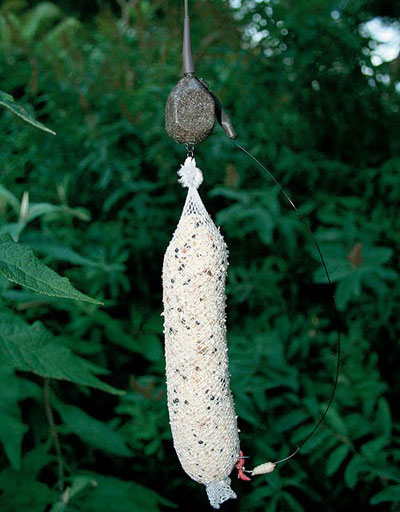 The weak winter sun will warm up sheltered areas of the lake. These are always a good place to target as well. Take time to investigate the lake via the internet and magazine articles, talk to the tackle shop owners, bailiffs and regular anglers about the venue and where fish have been caught from. Try using a marker rod set-up. You might feel knocks on the line as you reel in which are just not there the next time you cast to the same spot.
The weak winter sun will warm up sheltered areas of the lake. These are always a good place to target as well. Take time to investigate the lake via the internet and magazine articles, talk to the tackle shop owners, bailiffs and regular anglers about the venue and where fish have been caught from. Try using a marker rod set-up. You might feel knocks on the line as you reel in which are just not there the next time you cast to the same spot.
Tackle & set up: As the water cools and the fish activity slows down, the water clarity increases dramatically. Rig camouflage and disguise is now very important. Fish with fluorocarbon main lines which are virtually invisible in water; you are able to deliberately fish with tight lines looking for liners which will assist you to locate the carp.
Change your normal lead-core/plastic tube leaders to fluorocarbon leaders, which you can buy pre-made or make your own from some 20lb Korda IQ soft hook length.
Bites in Winter can be very deceiving indeed and your indicators should ideally be set to maximum vibration sensitivity as often just one or two ‘bleeps’ could be a hooked fish spinning or shaking it’s head trying to spit the hook while just ‘sitting’ in the water, static without running. ‘Rod knocks’ can really produce carp that were perhaps only lightly hooked. To ensure we maximise our bite indication, fixed leads should not be used. A running rig set up offers the best indication and will enable us to see even the most finicky bites.
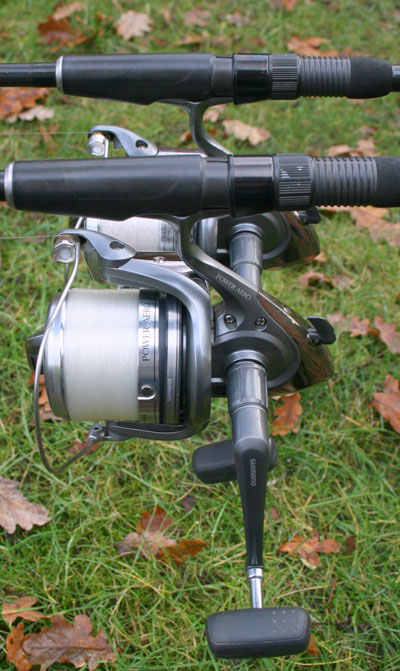 Large hooks, braided hook lengths and 15 mm baits may well be fine for the summer but now we have to fine down our approach. If the situation allows, try using smaller hooks like Korda Kurve’s or Wide Gape size 12 or 10 with small 10mm or 8mm baits or even a small piece of plastic corn. Take a trick from the match anglers and try covering your boilies in a quick dissolving paste which will offer an attractive food signal with no food content except that of your hookbait.
Large hooks, braided hook lengths and 15 mm baits may well be fine for the summer but now we have to fine down our approach. If the situation allows, try using smaller hooks like Korda Kurve’s or Wide Gape size 12 or 10 with small 10mm or 8mm baits or even a small piece of plastic corn. Take a trick from the match anglers and try covering your boilies in a quick dissolving paste which will offer an attractive food signal with no food content except that of your hookbait.
Don’t forget to try a zig rig on one of your rods. Carp don’t always lay on the bottom of the lake, being different from everyone else will often get you that extra bite.
Baits: Your baits should be based upon a no oil and protein base, possibly a birdseed type bait which is easy for the carp to digest. Like Mistral’s White Vanilla spice, Whiskey or No-name range. You can also try to highlight your baits in winter with high visibility baits. Popular winter colours are yellow, orange, pink and red either pop ups or single bottom baits.
Try topping off your bait with a piece of coloured buoyant plastic corn which will add a visual attraction and buoyancy to your hook bait.
Natural baits like maggots have been used to catch many large winter carp. Bagging up and spodding flavoured maggots will build up a swim and pre-empt known feeding times. Try adding well known flavours to your maggots like Tutti Fruity, Pineapple, Scopex flavours or Robin Red liquid additive.
Use maximum attraction, high leak off soluble pastes for feeding the swim and moulding on the hook, or hook-baits. E.g. milk proteins, bird foods, high protein fishmeal, shrimp, krill meal/shellfish meals/corn steep meal etc.
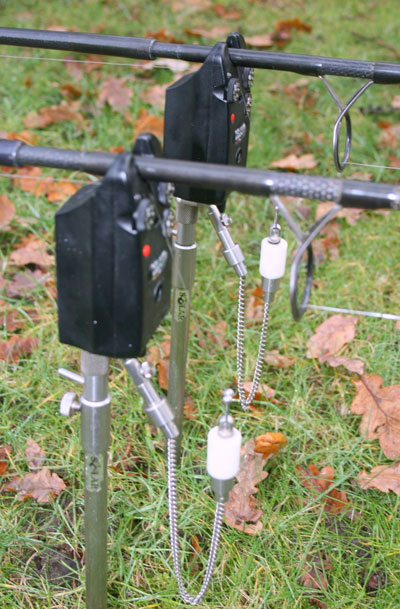 Mistral’s new range of hard pellets, low oil content pellets with only 6% oil content, perfectly compliment the easily digestible boilies and are soon to be available in Shell fish, Isotonic and No name flavours.
Mistral’s new range of hard pellets, low oil content pellets with only 6% oil content, perfectly compliment the easily digestible boilies and are soon to be available in Shell fish, Isotonic and No name flavours.
Boosting your hook bait by adding taste enhancers promote more intensive feeding and alter the bait taste profile. Spices, sugar, salt all add different bait benefits. Really take advantage of amino acids ‘bait glugs’, dips etc.
The advantages of using sweeteners: Scientifically it has been proven that when provided with two identical fully balanced foods but one is sweetened, carp will prefer the sweetened one! Carp love them! Sweeteners can vary from artificial ones like aspartame and betaine to natural fruit sugars like fructose, and from liquorice extract to ‘talin’ (an exceptionally sweet bark extract) to molasses, a great nutritional betaine source. Remember with bait going in regularly the carp will be stimulated to feed.
Fishing: When is the best time to fish in the cold? Normally, before the water starts to ice up, you can have a bonanza time as carp have a good old feed in preparation for the freeze up. However once the lake starts to thaw, fishing can be poor as the additional cold water can cool the water too much for carp fishing.
When I’m winter fishing at least one of my rods will be a roaming rod. Every half hour this rod will be recast to a different area of the swim searching out the swim trying to find where the carp are holding up. I like to use very small PVA mesh bags or ground bait sticks as they break down very quickly and release the bait. Attaching a small bag of crumbed Mistral No-name boilies or hard, low oil pellets to the hook increases the attraction without feeding the carp too much. This will often stimulate a feeding response and put that bonus winter carp on the bank. You need to stay focused and always watch the water for signs of fish fizzing, bubbling or rolling, watch the lines as they enter the water for any signs of movement and watch the bobbins for signs of liners.
If after an hour you have had no signs or indications of fish in your swim, get up and move to another, as location, as ever, is the key to success.
Tight Lines this winter
Ian Gemson – Smartcarping.com
